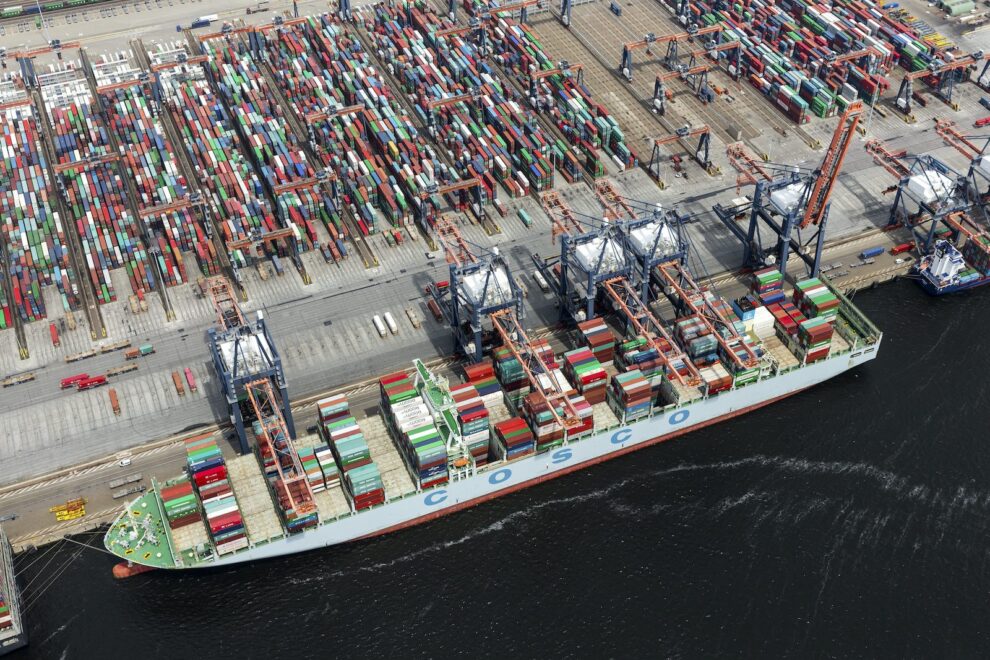Ocean carriers are giving back their recent Asia-North Europe FAK rate increases via heavy discounts for October shipments from China.
Indeed, shippers are receiving rate offers from major carriers, valid until 15 October, from China to Antwerp, Rotterdam and Hamburg at less than $1,000 per 40ft – with rates for UK ports further discounted.
The container spot rate indices appear to be behind the curve on the rate erosion, albeit Xeneta’s XSI Asia-North Europe component slipped 7% this week, to an average of $1,585 per 40ft.
With a prediction that the rate increases on the tradelane would “relatively quickly run out of steam”, the August edition of MSI’s Horizonreport cites the “gargantuan supply influx” of newbuild ultra-large container vessels being phased into service loops as the principal cause.
“A combination of dramatically increased scrapping, blank sailings and possibly idling of vessels will be necessary for carriers to keep rates at a sustainable level in the coming two to three quarters, since cargo volumes will be lower,” says the report.
Meanwhile, MSC’s much-blanked standalone Swan loop will finally get going, with a departure from China on 5 September that will now include a call at Felixstowe, as well as Bremerhaven and the Polish ports of Gdansk and Gdynia, “providing a fast, direct route between Yantian and the UK”, said MSC.
The more robust Asia-Mediterranean tradelane was reported to be stable this week, despite significant capacity upgrades by carriers. For example, Drewry’s WCI spot reading edged up 1%, to $2,086 per 40ft.
On the transpacific, carriers are more optimistic that they can hold on to their rate increase gains, and are said to be preparing a fresh wave of GRIs for mid-September – and they appear to be more disciplined in terms of capacity management.
For example, Maersk and MSC have announced they will blank their TP1/Maple loop in week 37 – “in line with lower demand” – with cargo being transferred to the 11,000 teu Gerda Maersk, scheduled to depart China on 18 September.
Meanwhile, spot rates from Asia to the US west coast are holding firm, for now, with the XSI component actually putting on 3% this week, to $2,149 per 40ft.
On the Atlantic coast, spot rates continued to tick up due to the Panama Canal draught restrictions. Maersk said it had deployed additional vessels on the route to mitigate the impact.
“Besides adding extra loaders, we work closely with the canal to ensure we have access to the needed transit slots,” said Maersk.
The WCI Asia-US east coast spot rate reading recorded a 5% increase this week, for an average of $3,545 per 40ft.
However, on the troubled over-supplied transatlantic route rates continue to tumble. The Freightos Baltic Index (FBX) recorded a further 9% decline in its North Europe to US east coast spot rate this week, to $1,186 per 40ft.





































